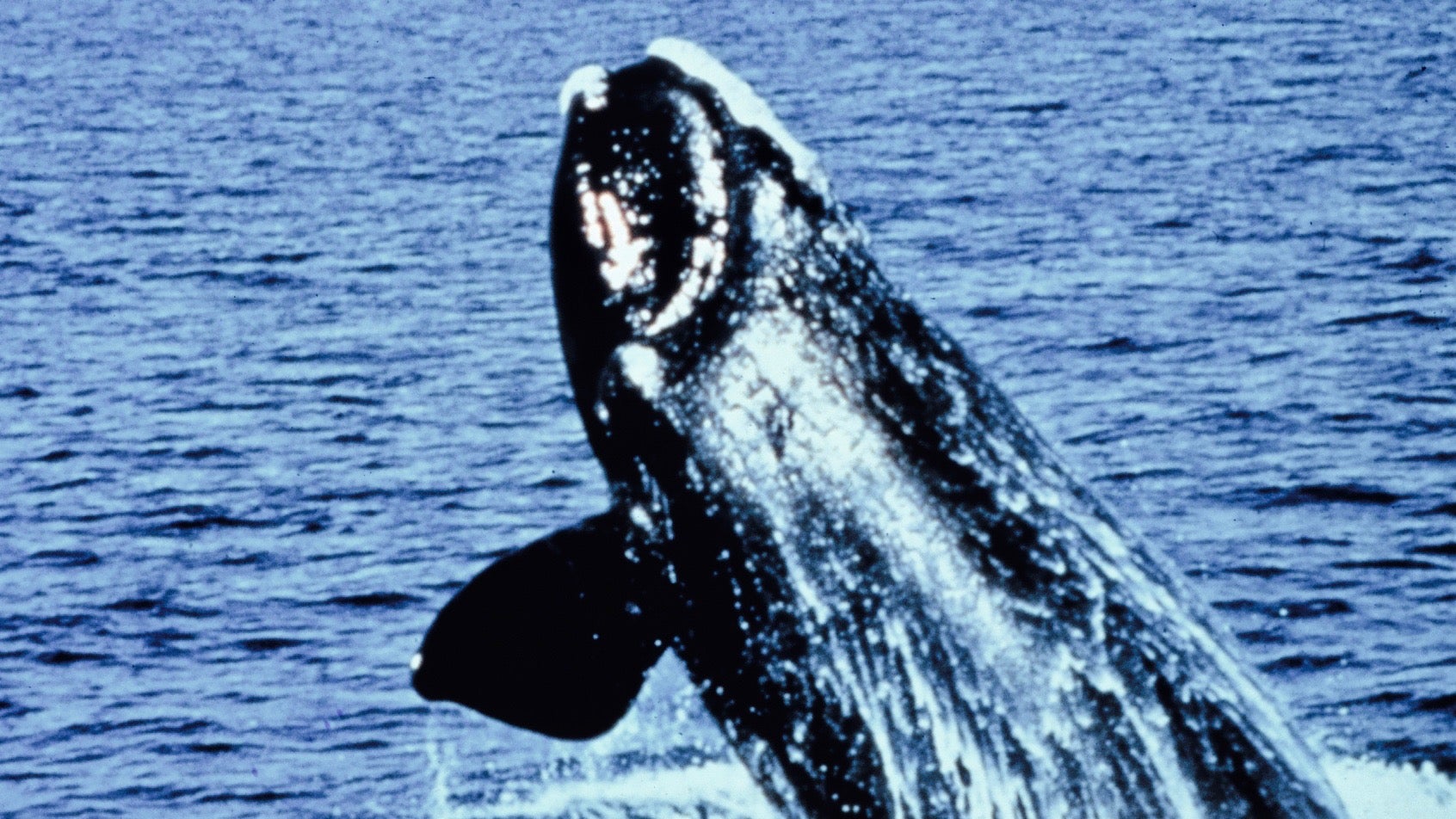There are only 450 North Atlantic right whales left and 17 died in 2017
Whales and humans have long had a complicated relationship. For centuries, we hunted the massive sea creatures for their oil and meat until they were almost extinct. That stopped last century when replacement materials made it possible to recognize the value of living whales. But human behavior still threatens some species with extinction.


Whales and humans have long had a complicated relationship. For centuries, we hunted the massive sea creatures for their oil and meat until they were almost extinct. That stopped last century when replacement materials made it possible to recognize the value of living whales. But human behavior still threatens some species with extinction.
This year, the North Atlantic right whale experienced what experts at the National Oceanic and Atmospheric Administration (NOAA) call an “unusual mortality event.” Seventeen of these endangered creatures were found dead off the coasts of New England and Canada, and marine biologists on Dec. 5 (pdf) said that they believe the species could be extinct within 20 years if no official action is taken to save them.
In a presentation at last week’s New England Fishery Management Council Meeting in Newport, Rhode Island, NOAA’s Endangered Species Act consultant Mark Murray-Brown sounded a dire warning. He called on American and Canadian officials to work closely with commercial fisheries on efforts to protect the endangered whales. If they didn’t, he said, the North Atlantic right whale, which can weigh up to 150,000 pounds and grow as long as 48 feet (almost 15 meters), might disappear.
There are only about 100 breeding females of the species left, say scientists, and these sea creatures are increasingly being hit by commercial fishing vessels and getting caught in fishing gear like lines and traps. Of 17 dead right whales found this year, six were killed by blunt-force trauma, which NOAA believes was caused by collisions with vessels. In 2017, there were reports of five right whales freed from entanglements in fishing nets; three appear to have survived, but two have since died, scientists say.
The good news is that efforts to change commercial fishing methods have proven to save whales and can protect the endangered species. In 2009, North American fisheries were required to sink 27,000 miles of floating lines deep in the water in order to prevent such entanglements, and in 2014 nearly 3,000 more miles of fishing lines were removed from North American waters altogether. ”We recognize and appreciate that the fishing industry has made many sacrifices to drastically reduce the number of lines in the water column, reducing the risk of serious injuries and mortalities to whales,” notes Murray-Brown in his presentation. But given the low birth rate of this whale species, “the current status of right whales is a critical situation,” he writes.
Murray-Brown is hopeful that further improving the management of commercial fishing methods and making fishing gear even safer for right whales will prevent their extinction. He believes if marine biologists and commercial fishing companies in the North Atlantic work together, they can prevent whale deaths by tracking the creatures, adding more lights to fishing equipment, changing vessel routes as necessary, and continuing to monitor line and trap placement.